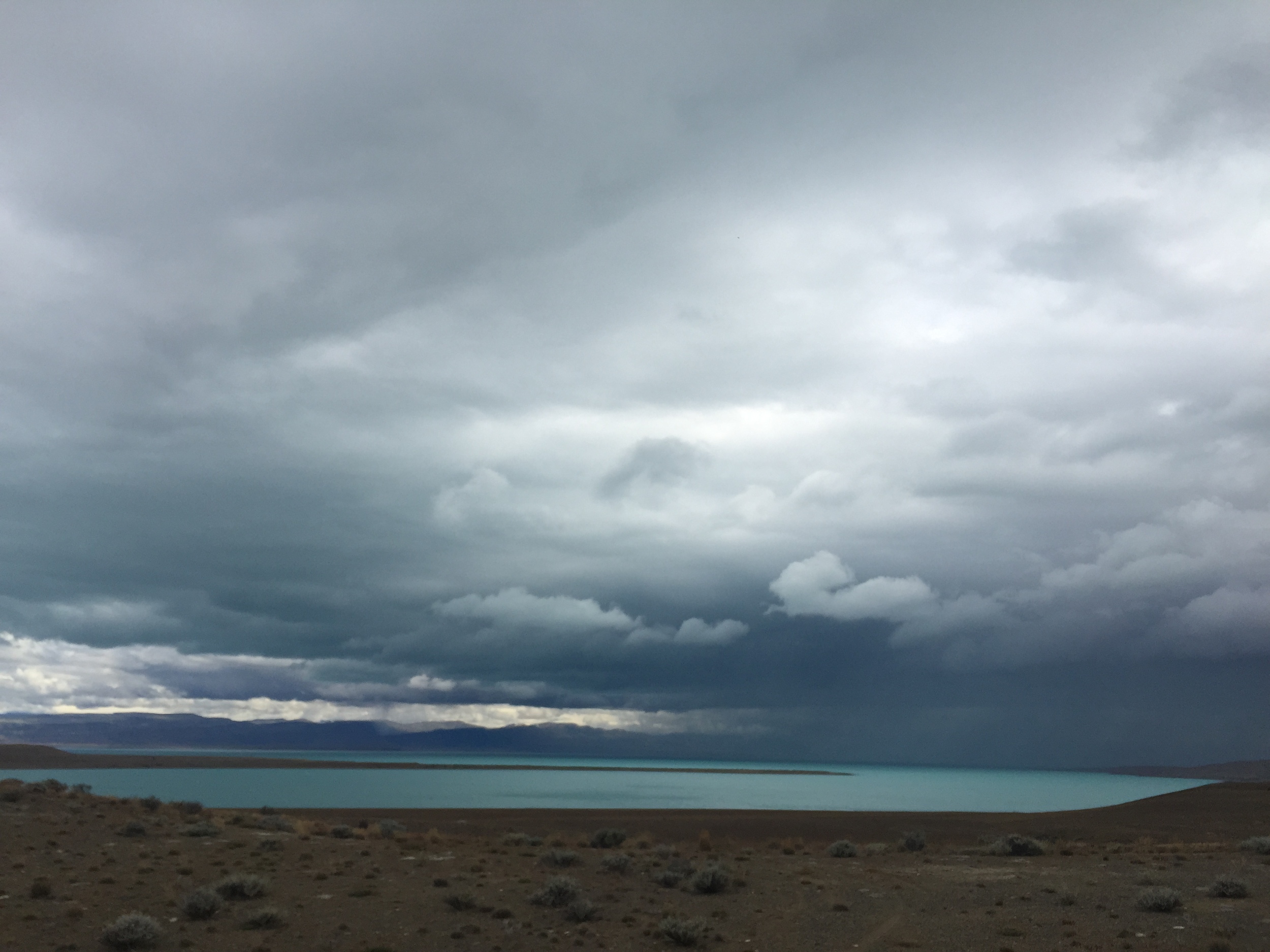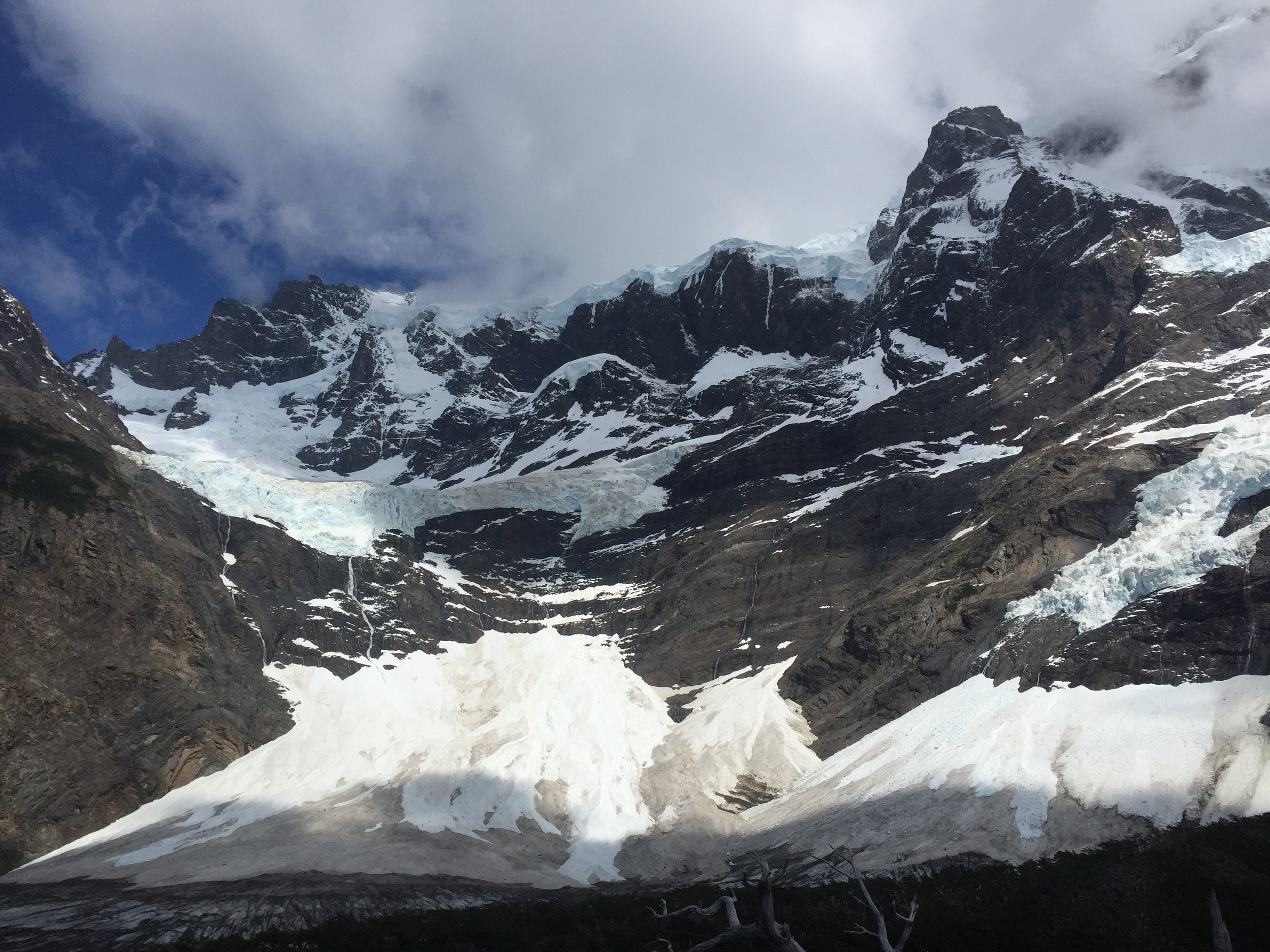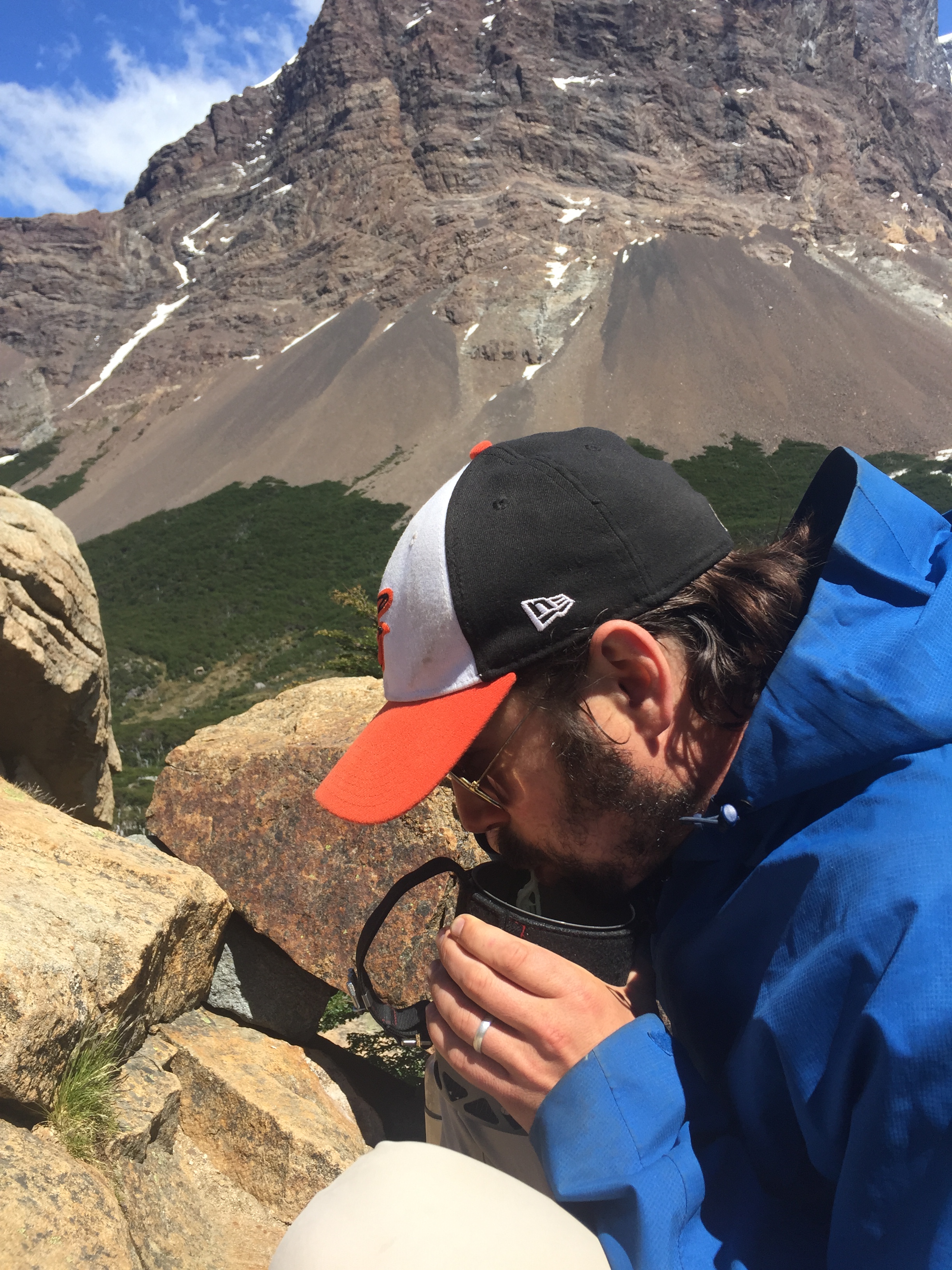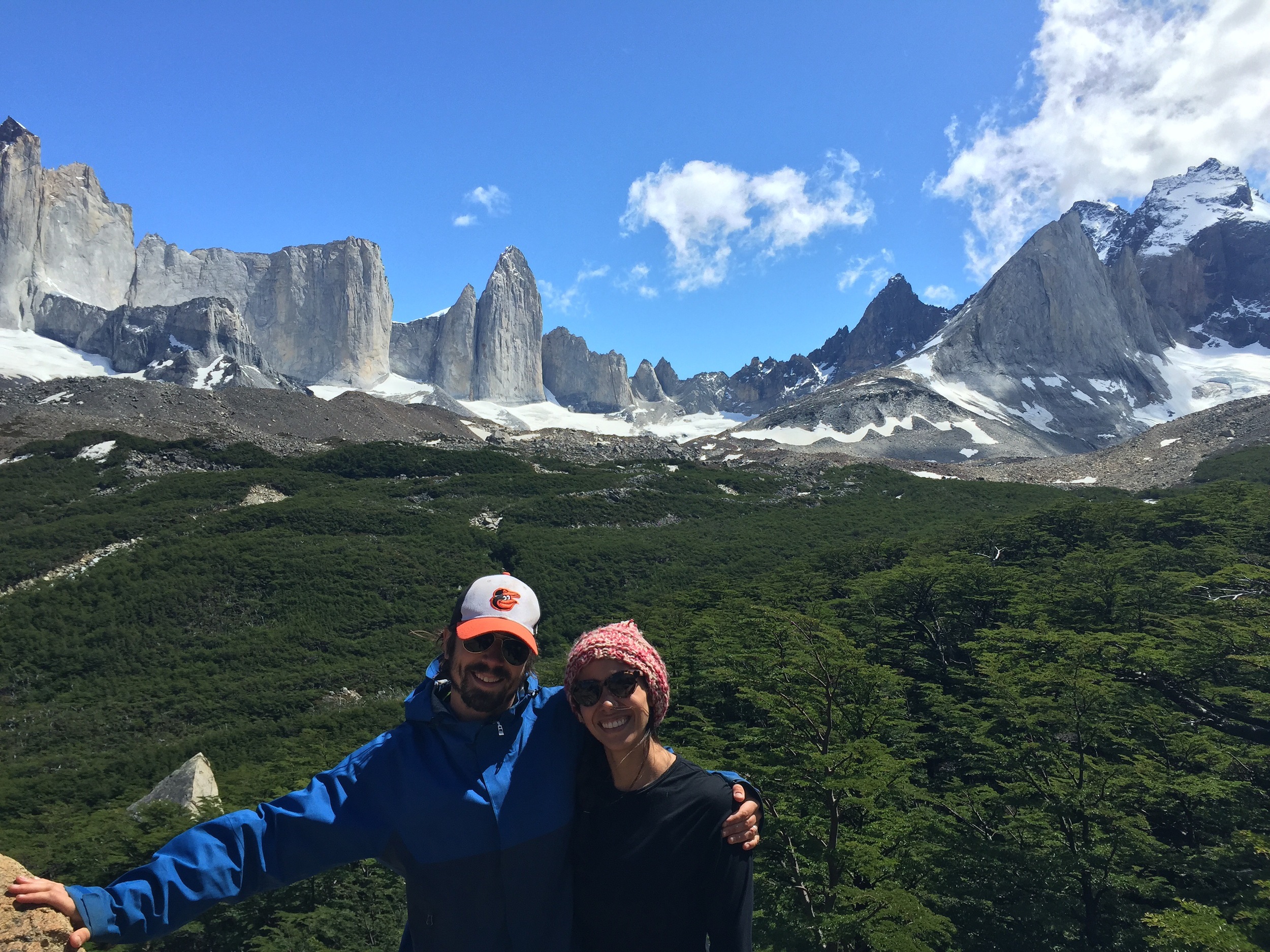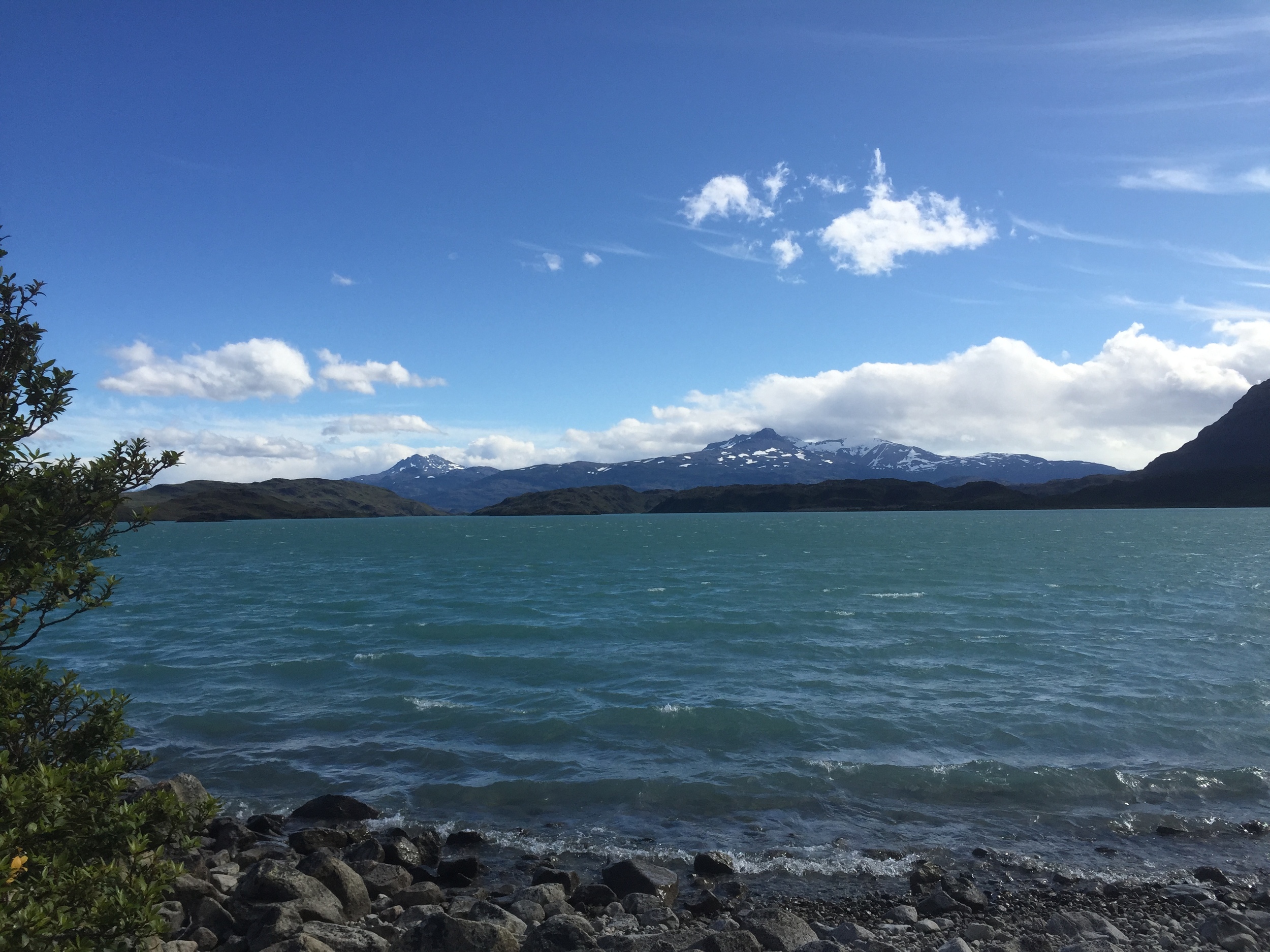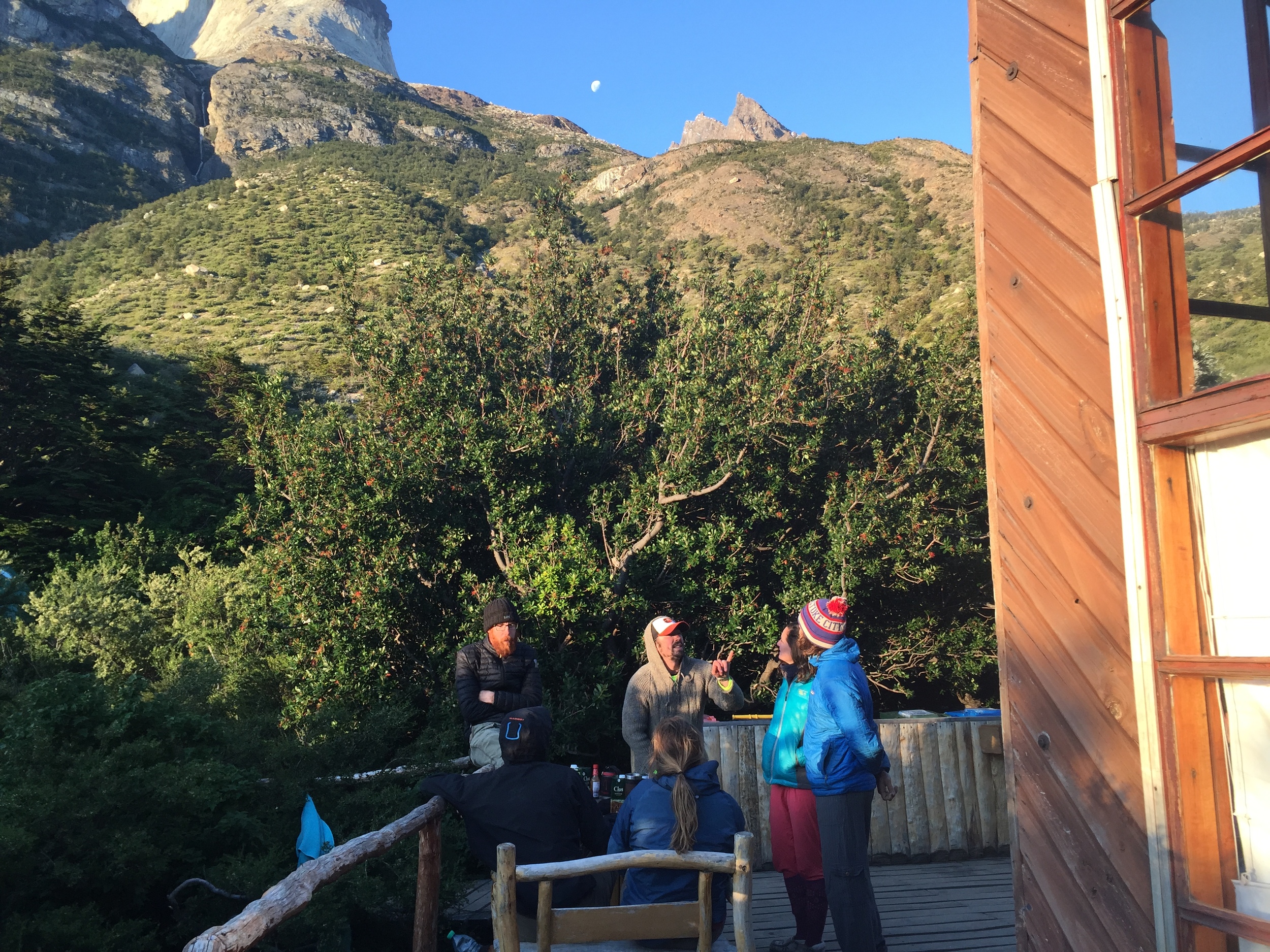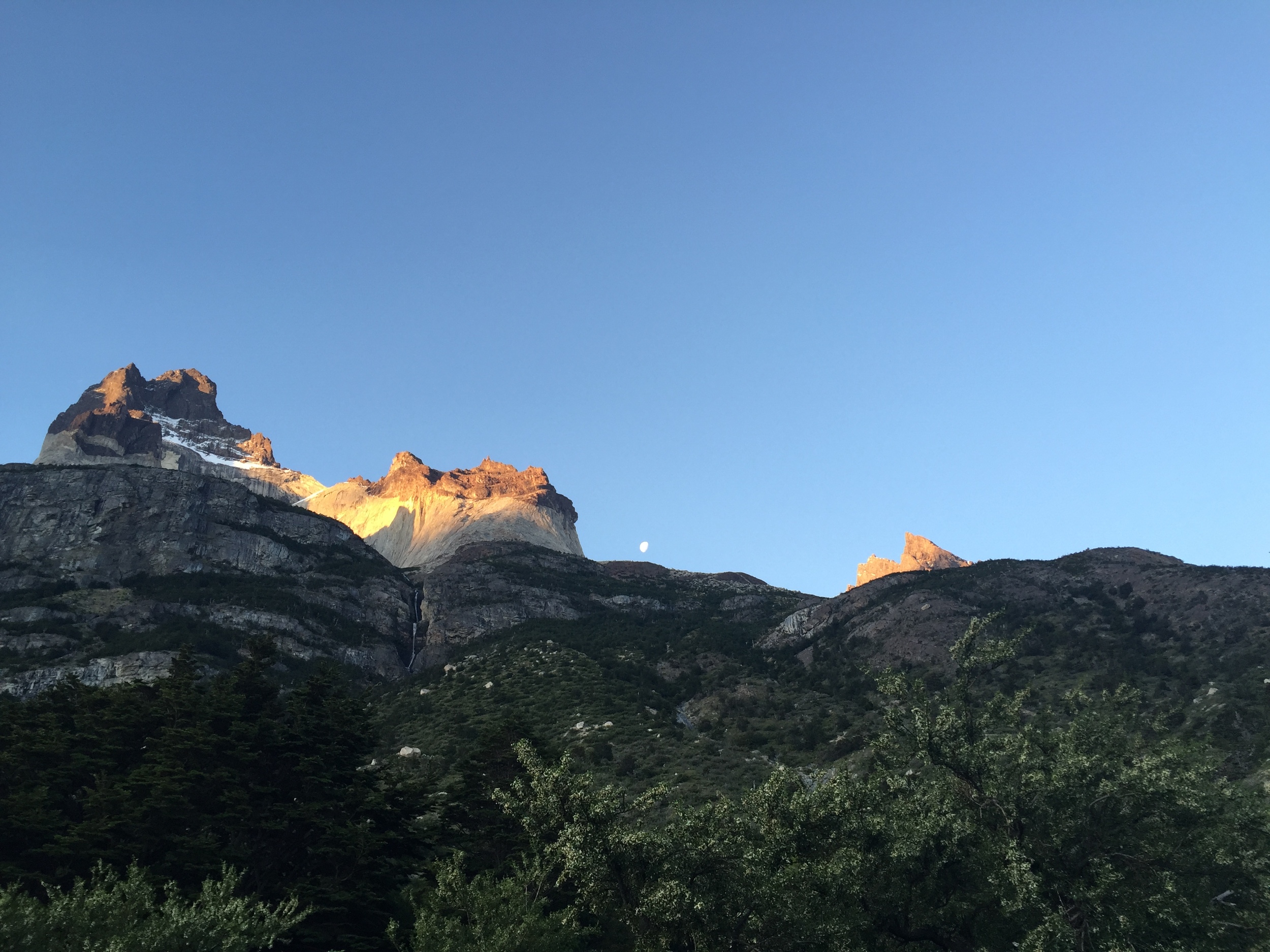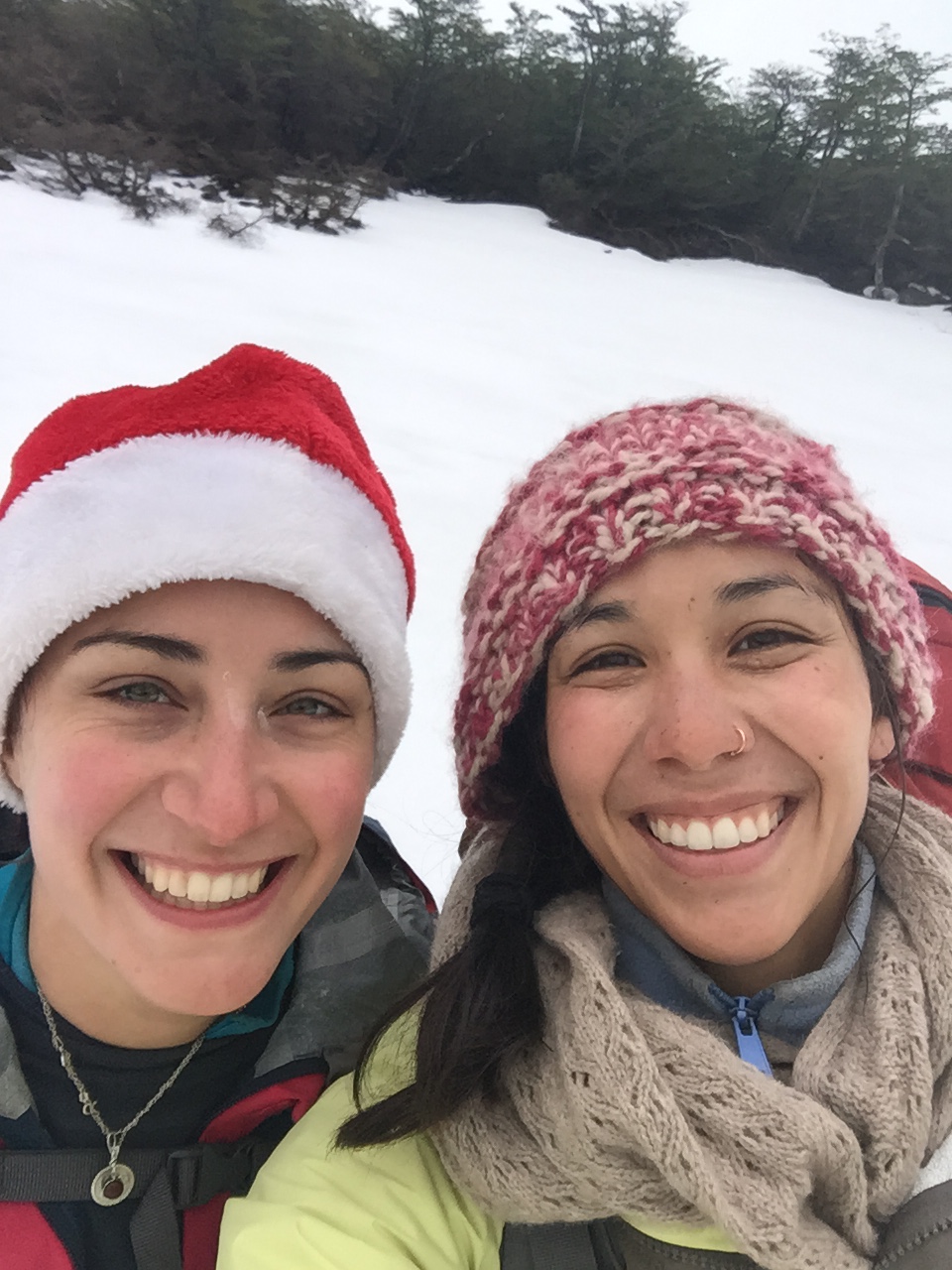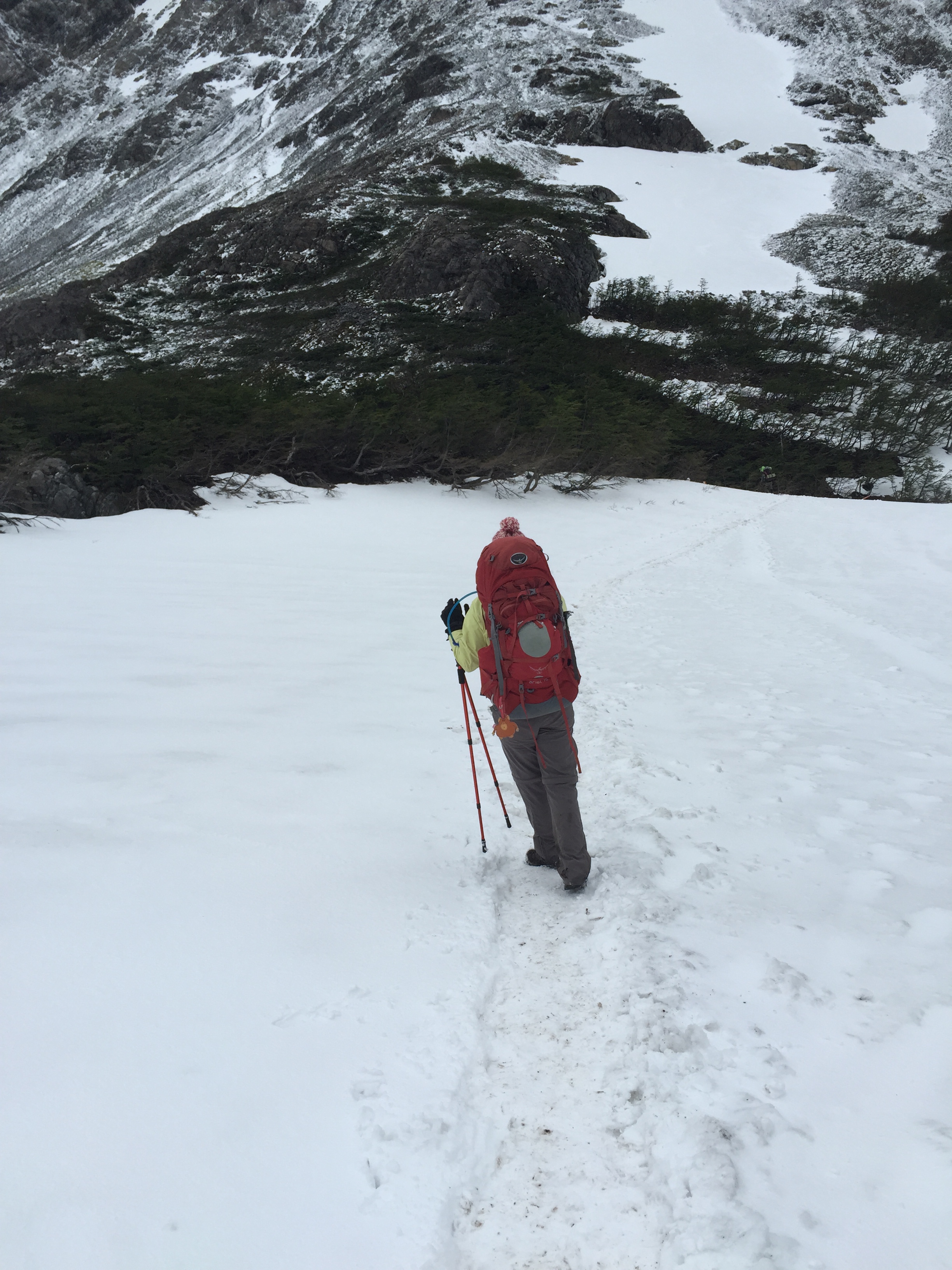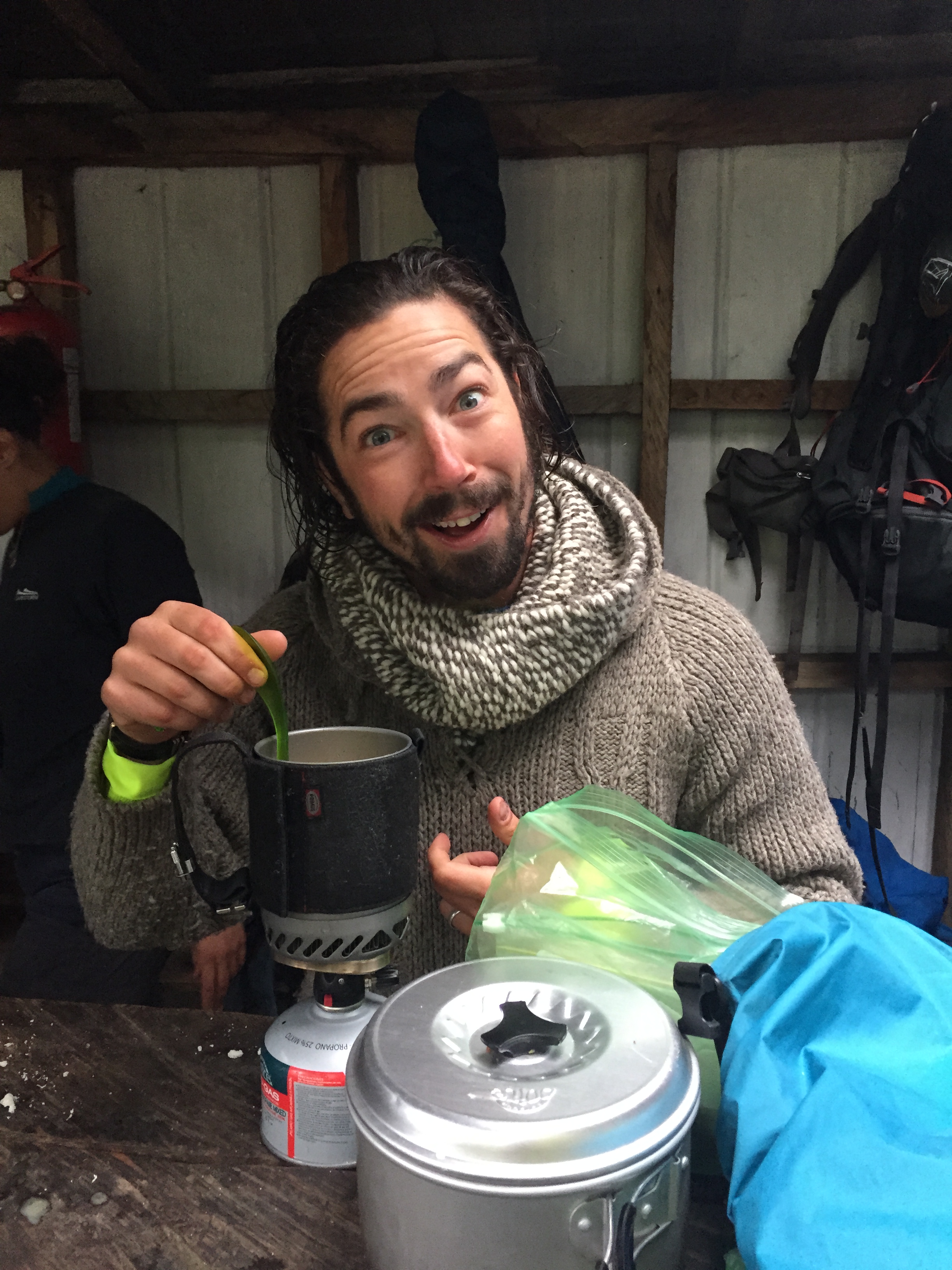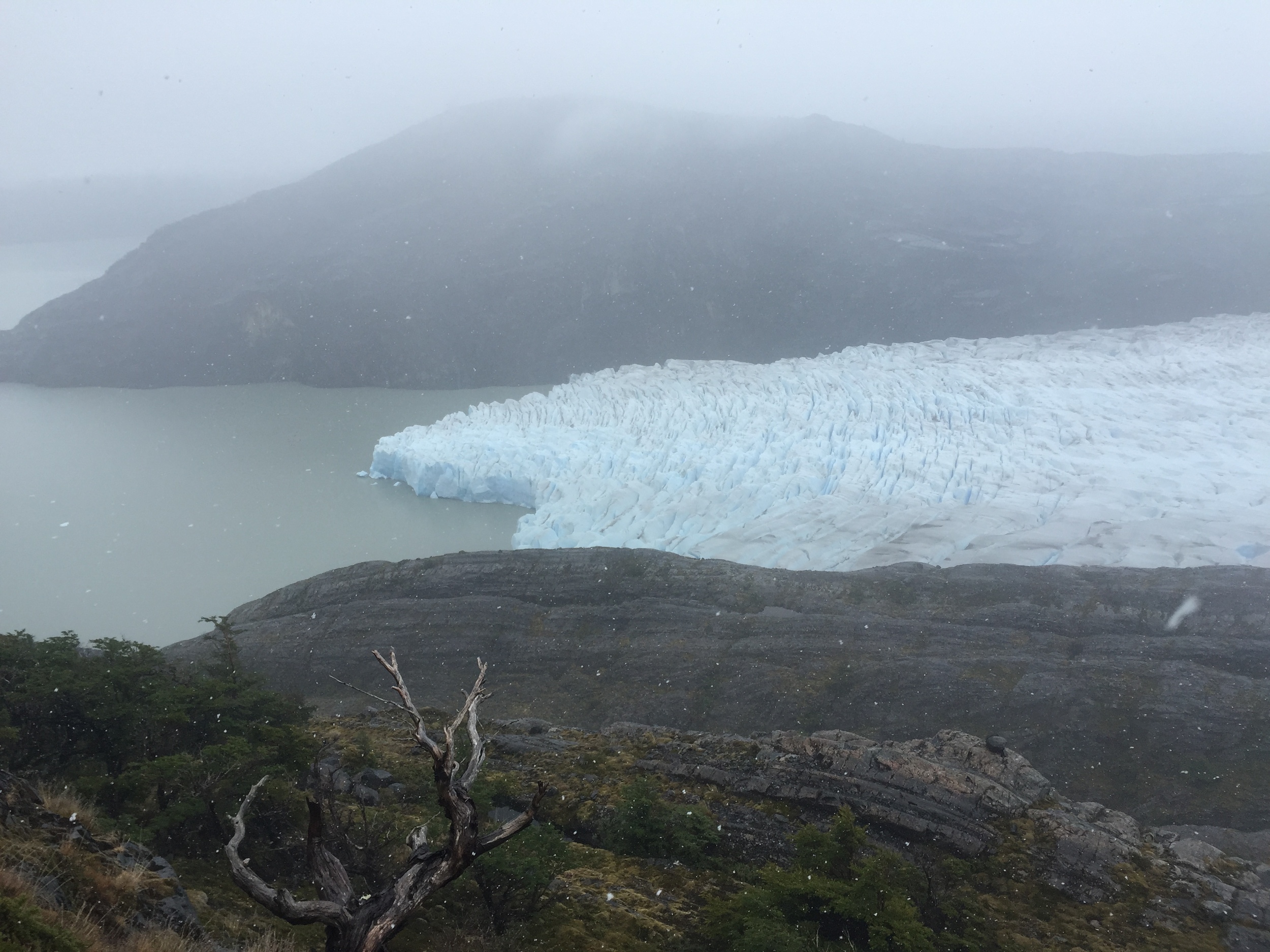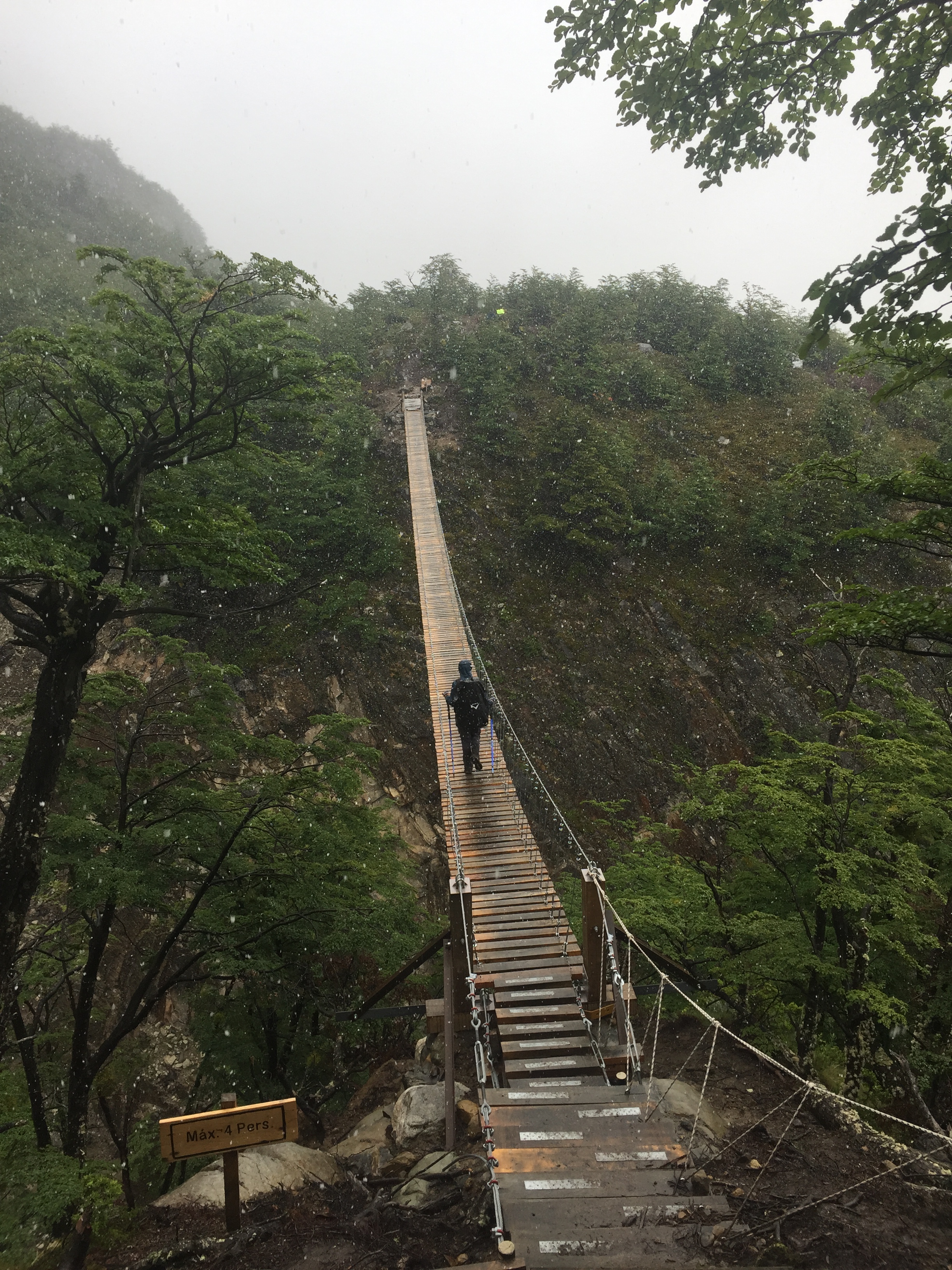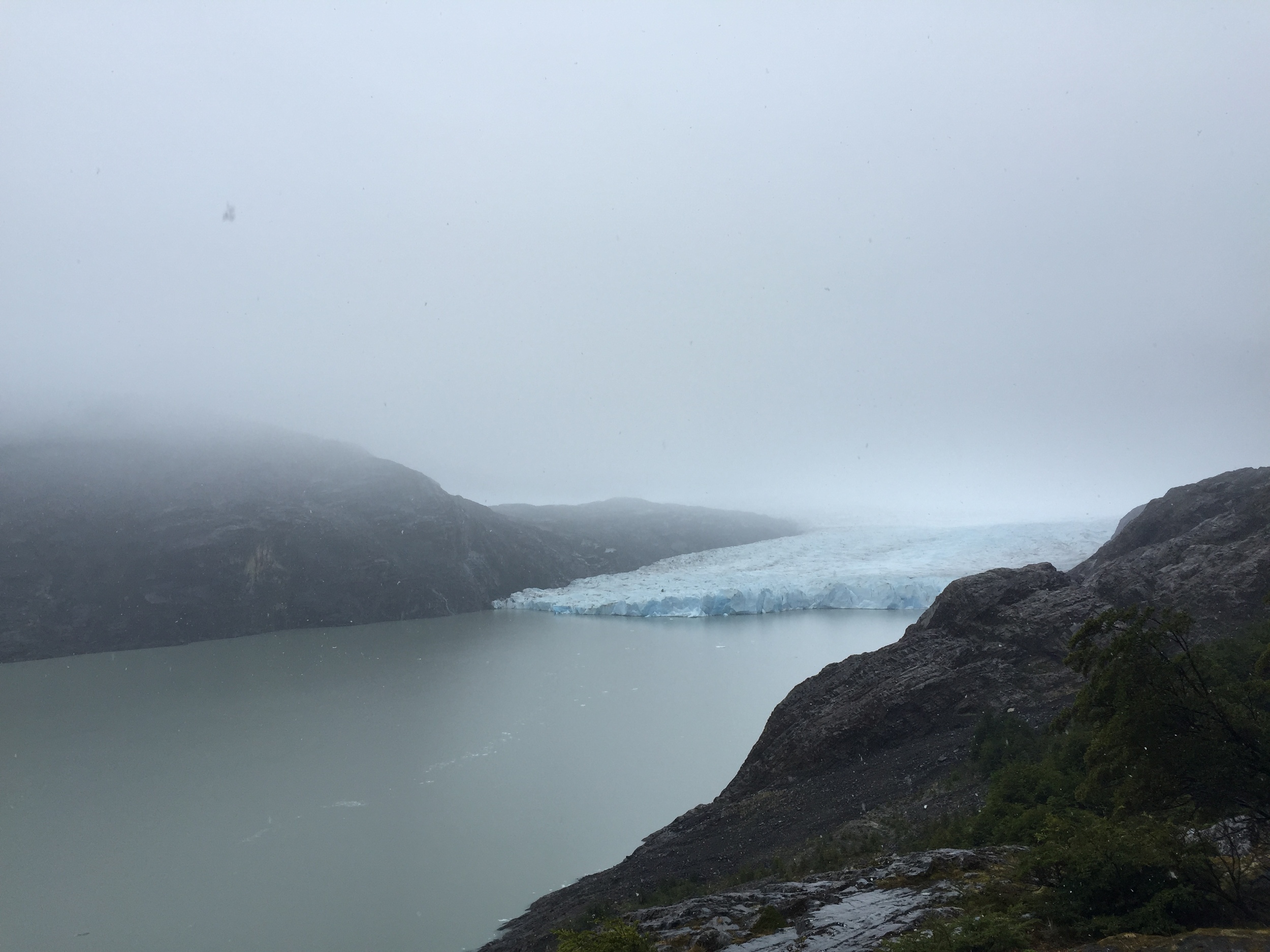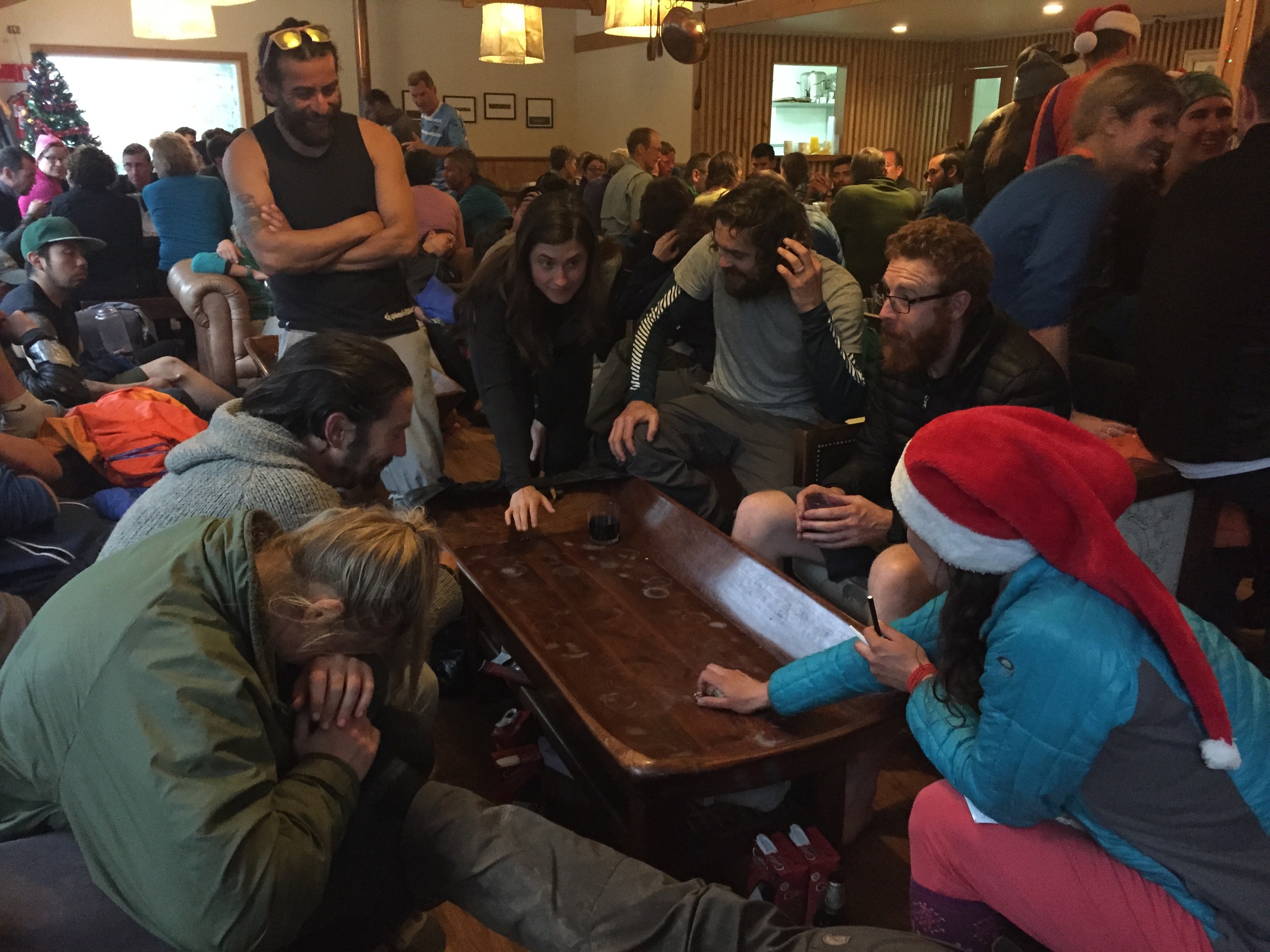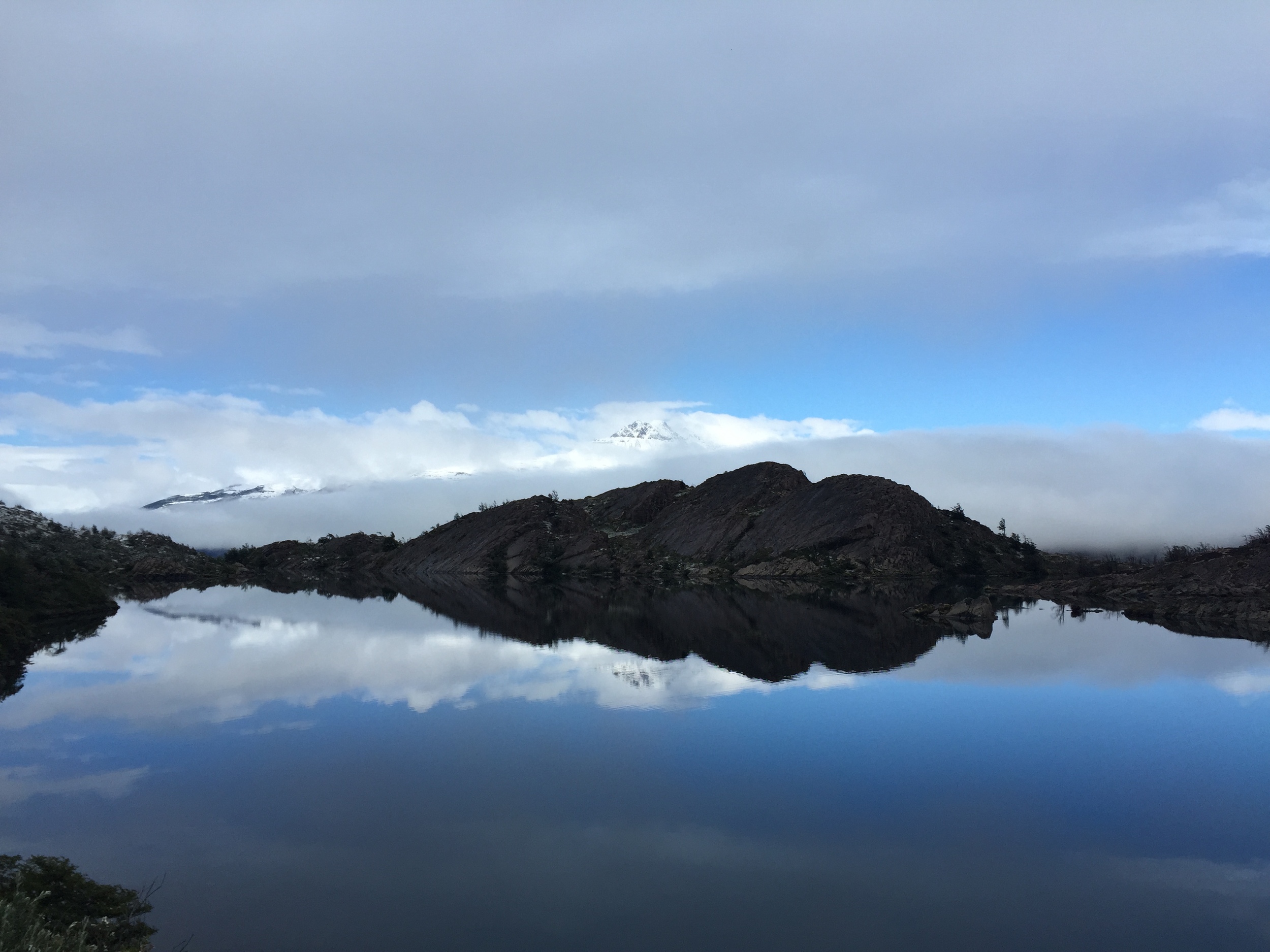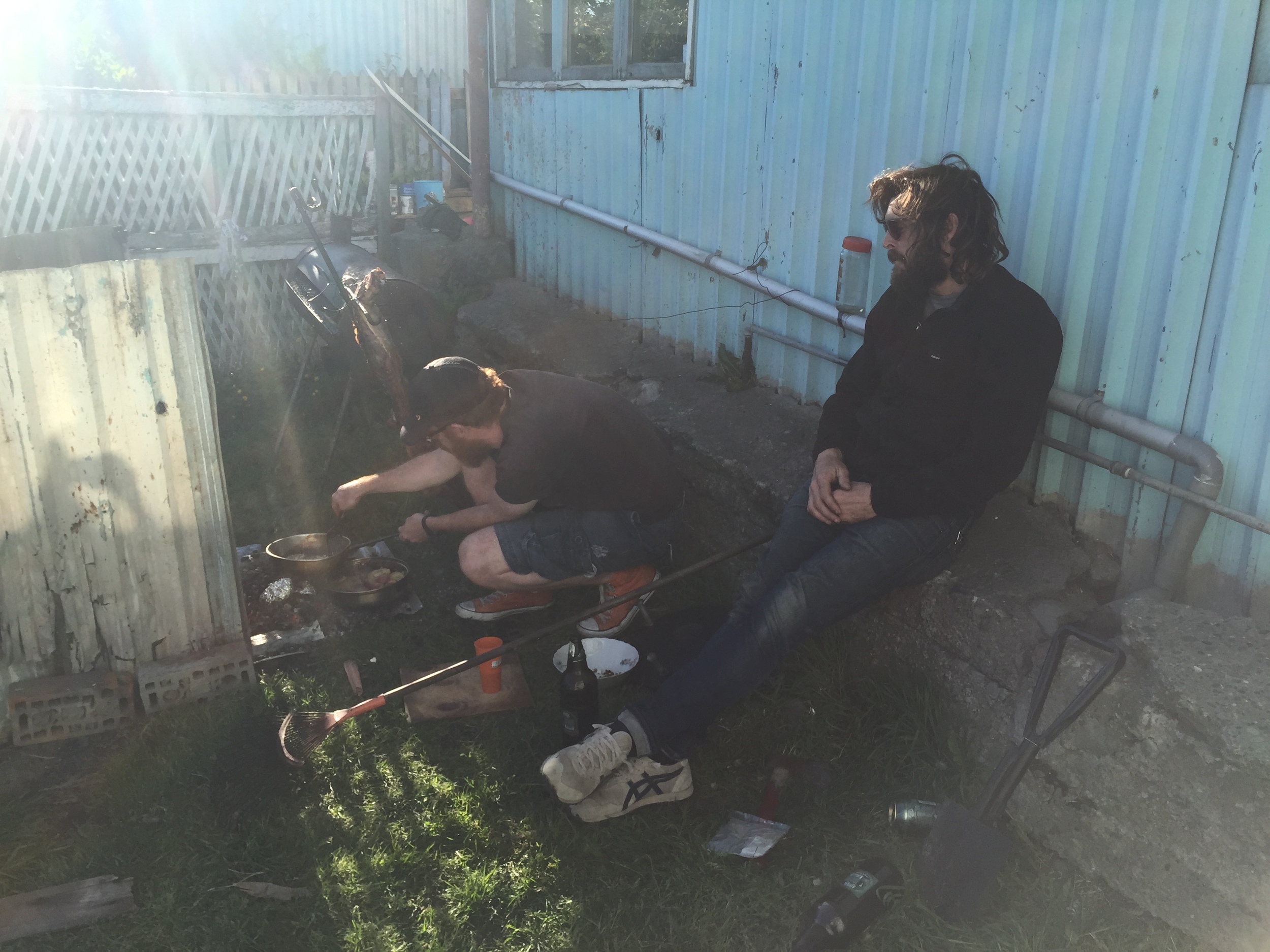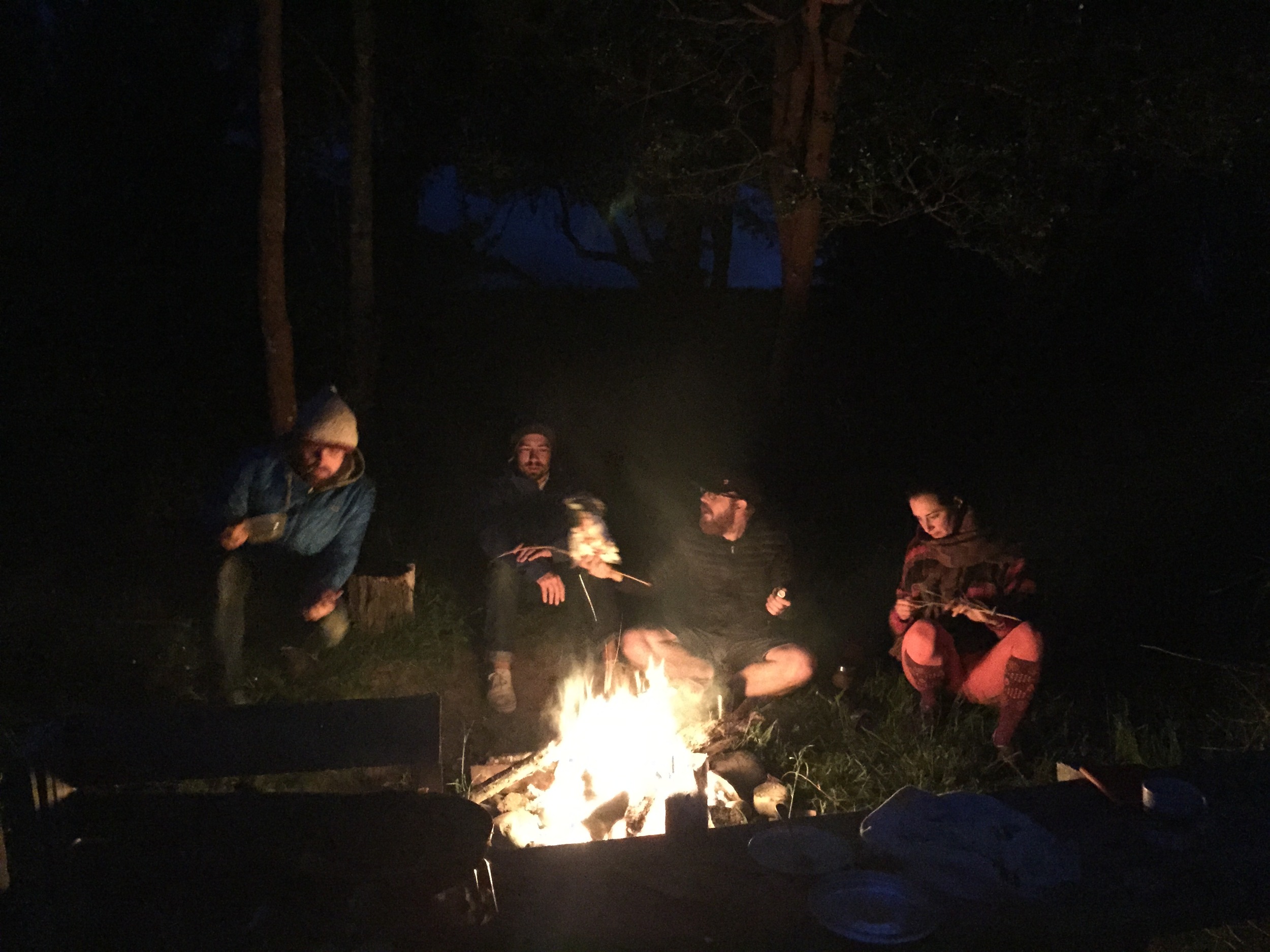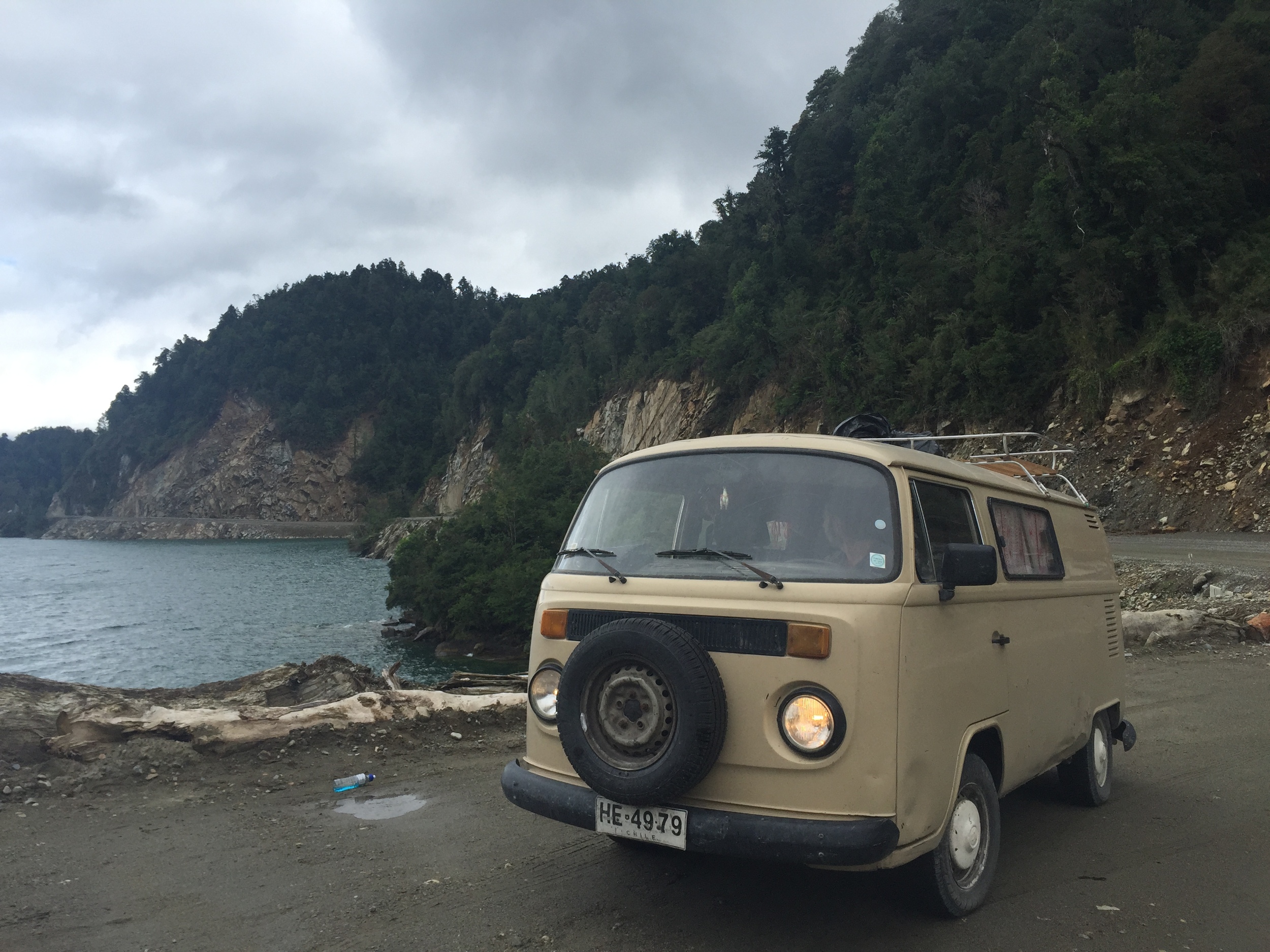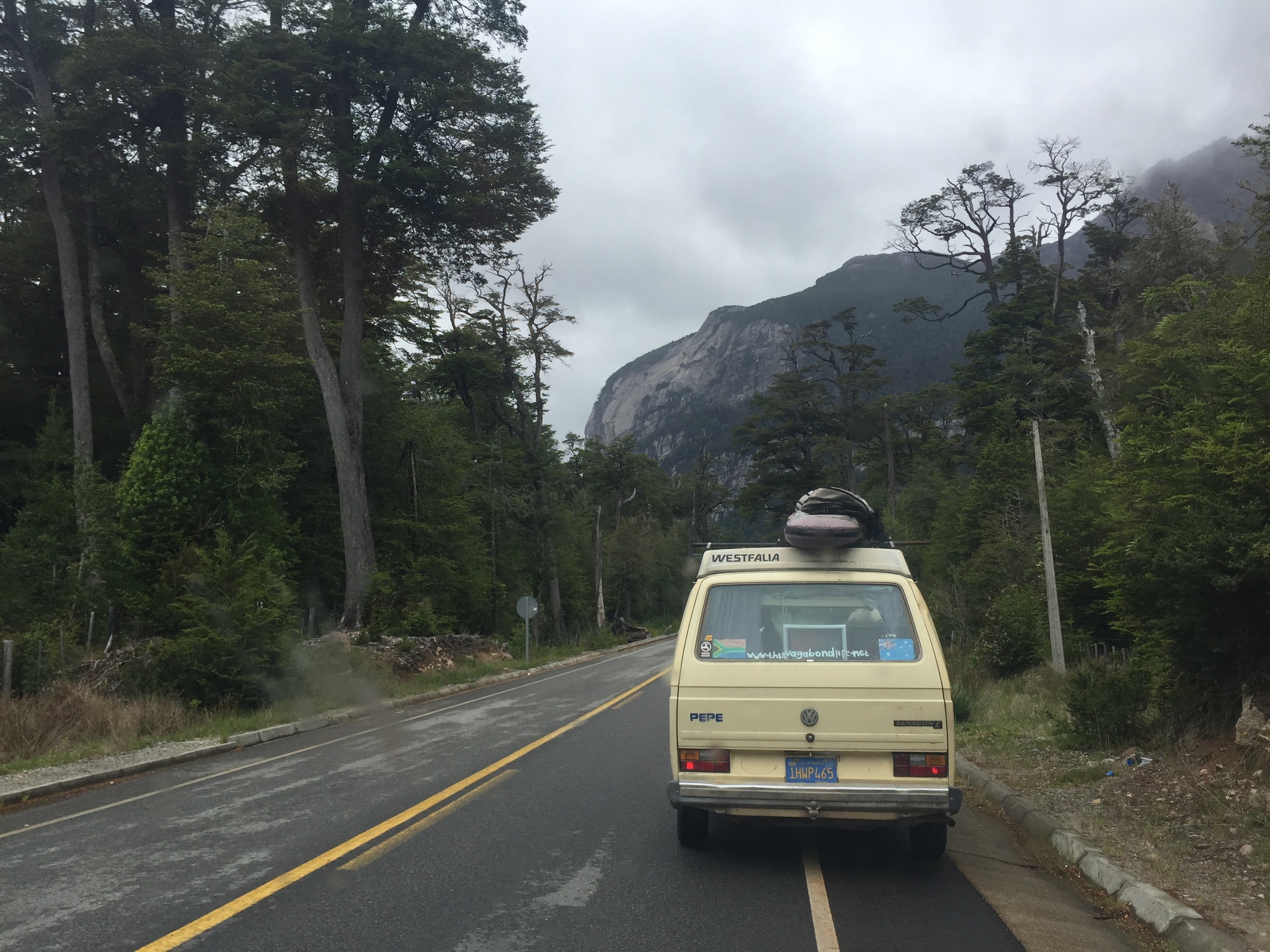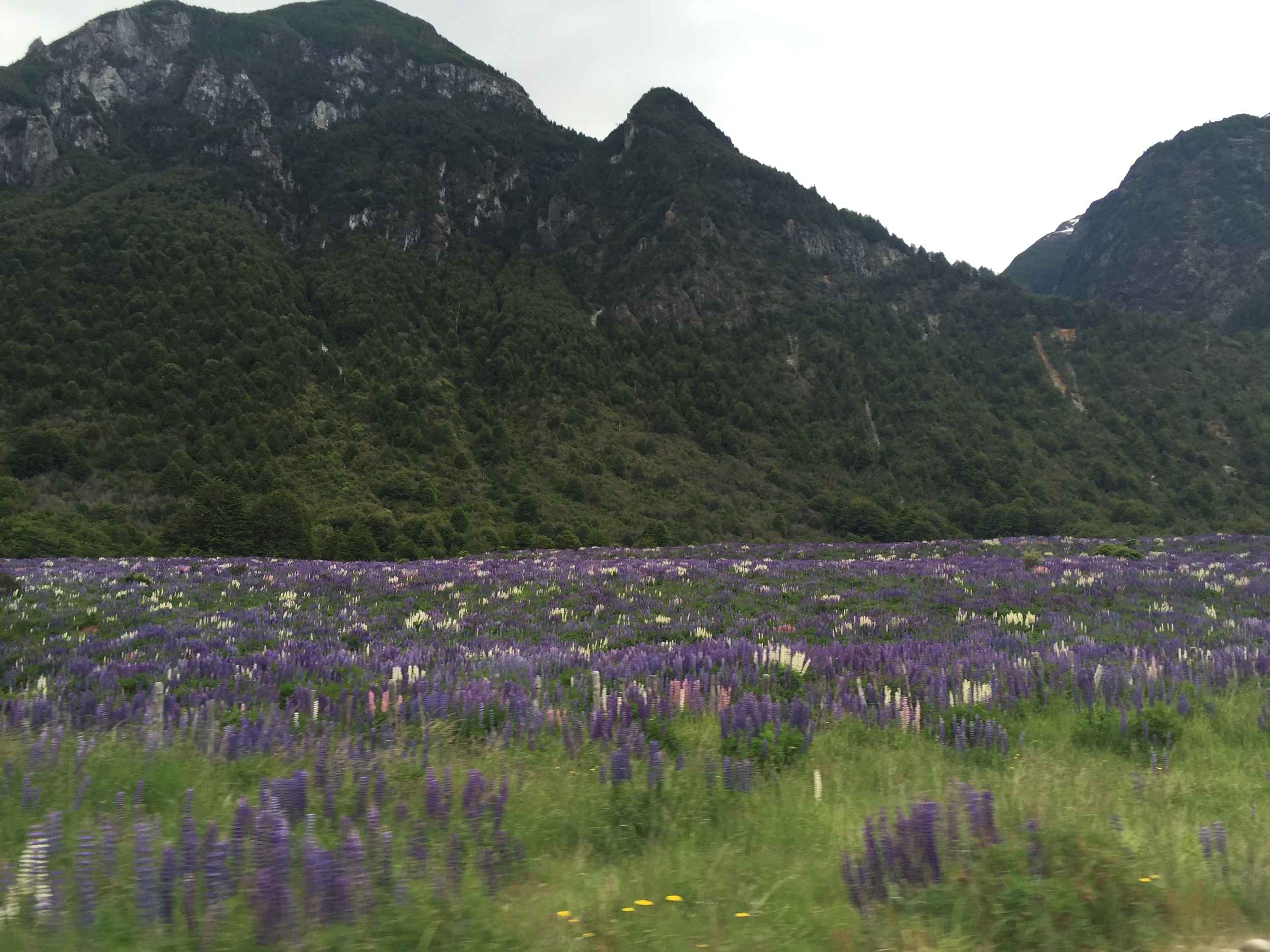On Hitchhiking, Specifically In South America And More Specifically On The Carretera Austral And Route 40 (Ruta 40)
By Danny Cronyn
This missive comes mostly from a place of desire for improvement and optimization—of constructive criticism in hopes that generations of future backpackers can make good on the vibrant expectations of what past hitchhiking cohorts have provided. This also comes from a place of being disappointed and disenchanted with the current stock of unappreciative scenesters looking to thumb rides for free on the roads today. Here we go...
Dear Hitchhikers in South America and especially those on the road to/from Patagonia (specifically the Carretera Austral and Ruta 40 outside Calafate, Chalten, Trevelin, Bariloche, El Bolson, etc),
Let me preface this by saying I have purchased and driven vehicles in different parts of the world over the last decade. I’ve picked up hitchhikers in India, across Central and East Asia, Africa, and all over the Americas (north and south). I’ve hitchhiked myself as well, when it became either a mechanical or economical necessity...hence the impetus for penning this here blog post.
Hitchhiking is not a mode of public transportation. It is not a way to get from “here” to “there”. Possessing a thumb and backpack is not your entry price to the world of free travel. Your sociopathic desire to save money on air/train/bus transportation while not offering money for gas to the kind people that pick you up is not “the way it works”. Having nothing to offer is why you would hitchhike, not a chic new way to do things.
Briefly, hitchhiking should not exist to you in the same way that soup kitchens should not exist to you. If you had the money to take a taxi to a homeless shelter, it doesn’t make you an adventurous eater or frugal for dining there, it makes you a real jerk. There is no hitchhiking ecosystem, since there is ostensibly only one side: people who have worked hard, saved, and laid out real money for their own transportation which they improve, fill with gas, and fix (often) when it fails them. You, hitchhikers, have done none of this yet still think by holding out a sign or thumb you’re entitled to free transport.
You paid for an airplane ticket to South America, you pay for meals in restaurants, you pay for nights in hostels and some even pay for hotels (!!!). You come armed with nothing but a sense of entitlement and serious case of bad travel etiquette. You are a freeloading, mooching, grifting, scabby, and sometimes worst of all, boring lot of bad travelers...but here I am willing to try and help out future wannabes by trying to dissuade them.
The situation is this, in South America, that there are far too many hitchhikers now, since it has evidently become vogue to do this, and far too few people who can pick them up. In the olden days, VW buses and Defenders rumbling down to Patagonia on terrible roads would pick up the itinerant hitchers out of a sense of community and transcendental travel spirit. The current class of hitchers though, realizing this, has figured that they can take advantage and use the Overlanding Oversoul to their advantage and just skip purchasing bus tickets all together—offering nothing in return.
The shoulders of roads out of every town now are littered with hitchers, sometimes literally waiting in lines, to get picked up by people like my wife and me, and our fellow overlanders. Like I’ve stated, they bought food and room/board whilst in town, but set aside nothing for transportation (making them jerks, not poor). Out of the tens of dozens of hitchers that we’ve transported, sometimes for distances of hundreds of miles, do you know approximately how many of them offered money for gas? Approximately zero of them. Exactly zero of them. Some have even forgotten to thank us. Our friends picked up one hitcher that was awesome, a true professional that came armed with stories, stickers, and a small donation for gas, but he was the exception that proved the rule.
So, what to do? Here’s a helpful FAQ for you, to help you decide whether you should hitch in South America.
Q: Can you afford to buy a plane ticket to South America, along with food, room/board, and entertainment but not yet for transportation?
A: You’re a great little saver, keep going, you’re almost at “ready to travel” level!
Q: Can you theoretically afford to pay for travel, but prefer the adventurous spirit and kinsmanship of bumming rides?
A: I admire your spirit, make sure to split gas with your ride-givers (or at least offer the maximum you can afford), polish your A-game chatting and storytelling, and do make sure to profusely thank them for their generosity.
Q: Did you arrive on the shoulder of the road by hitching from somewhere else, do you use Couchsurfing or sleep in your own tent, and are you self-sufficient and a real world traveler?
A: You don’t need this FAQ; you know what to do. You’ve got great stories and no one minds picking up someone with those.
Attitudes are shifting about hitchers thanks to the lot currently out on the road. If you’re reading this and considering doing the same, please heed my advice and get the hitchhiking image back to “lovable tramp” from “scheming cheapskate”.
Rant completed.



